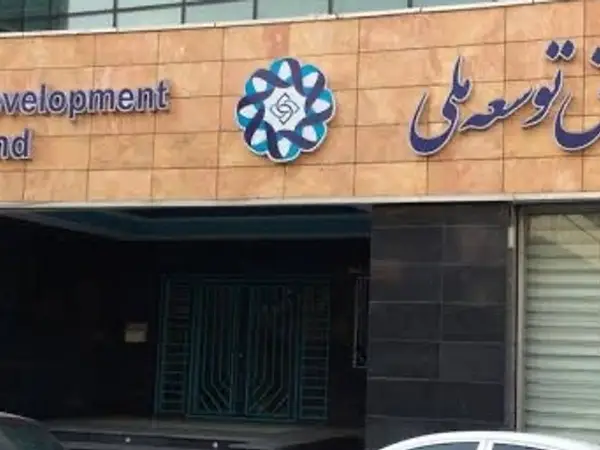Intriguing figures released this week in Iran reveal that over the past decade the government has spent more than $100 billion from the national reserve fund.
Local media reported the disclosure by the Iranian parliament’s research center on Friday, illustrating that as stringent international sanctions struck Iran during 2011-2012, the administration of former president Mahmoud Ahmadinejad initiated withdrawals from the National Development Fund (NDF).
The NDF, designed to save up to 30 percent of oil revenues for future generations, saw withdrawals totaling $13.6 billion from 2010-2013, a period when global oil prices remained above $100 per barrel. Nonetheless, during Ahmadinejad’s tenure, more funds were retained in the NDF than withdrawn.
The UN-imposed international sanctions, as well most US and EU economic sanctions ended in mid-2015 when Iran and the world powers concluded the Joint Comprehensive Plan of Actions (JCPOA) nuclear accord, curbing Iran’s nuclear program in exchange for removing most sanctions.
Despite this, withdrawals persisted throughout President Hassan Rouhani’s two terms (2013-2021). In his initial presidential tenure, $30 billion was withdrawn. However, as former US President Donald Trump withdrew from the JCPOA and imposed crippling sanctions, Iran increasingly relied on its reserves, resulting in a negative cash flow in the NDF.
During Rouhani’s second term (2107-2021) the government withdrew $37 billion, to maintain fiscal stability. contravening the NDF charter that bars using it for day-to-day government operations. Such withdrawals required Supreme Leader Ali Khamenei’s approval, who reluctantly endorsed the JCPOA but refused further nuclear concessions or negotiations over US demands.
In the third annual gathering of officials to discuss the NDF, the chairman of the National General Inspection Organization, Zabiollah Khodayan also cited the $100 billion figure in withdrawals but he also stated that successive governments “borrowed” another $40 billion from the fund, leaving a fraction of the original $150 billion.
The Trump administration’s contentious decision to exit the JCPOA aimed to pressure Iran into curtailing its ballistic missile program and halting its destabilizing activities in the Middle East. During this period, Iran’s involvement in conflicts in Syria and Yemen intensified, while it also organized Shiite proxy forces in Iraq and other regions.
The pace of withdrawing funds from the NDF accelerated further under the hardliner president Ebrahim Raisi’s first 18 months in office starting from August 2021. Not only US sanctions continued to impede Iran’s oil revenues and commerce, but the new administration came to be quickly labeled as incapable of managing the economy.
According to Parliament’s research center, in this period Raisi’s government withdrew $20 billion, which by now could have easily exceeded $25 billion.
President Joe Biden’s administration began nuclear talks with Tehran in April 2021, but as Raisi became president, hardliners procrastinated in making a deal to revive the JCPOA. With Russia’s invasion of Ukraine, the talks came to an end in March 2022, and a final compromise plan by the European Union failed to achieve success in August of that year.
Based on the disclosed figures, during Ahmadinejad’s second term (2009-2013) the pace of withdrawals from NDF was $453 million a month. During Rouhani’s two terms in office it accelerated to $700 million and in the Raisi administration it has reached $1.12 billion a month.
This shows the initial calculation in 2018 that US sanctions alone could put Iran’s economy under tremendous pressure was correct, although with the coming of the Biden administration, Khamenei continued to refuse any compromise, while Iran succeeded in exporting more oil despite the sanctions.
It also accelerated its nuclear program as talks began in early 2021 and increased uranium enrichment first to 20 percent and quickly expanded to 60-percent. Now, Tehran is essentially a nuclear threshold power and has enough fissile material to build at least two nuclear bombs.





















